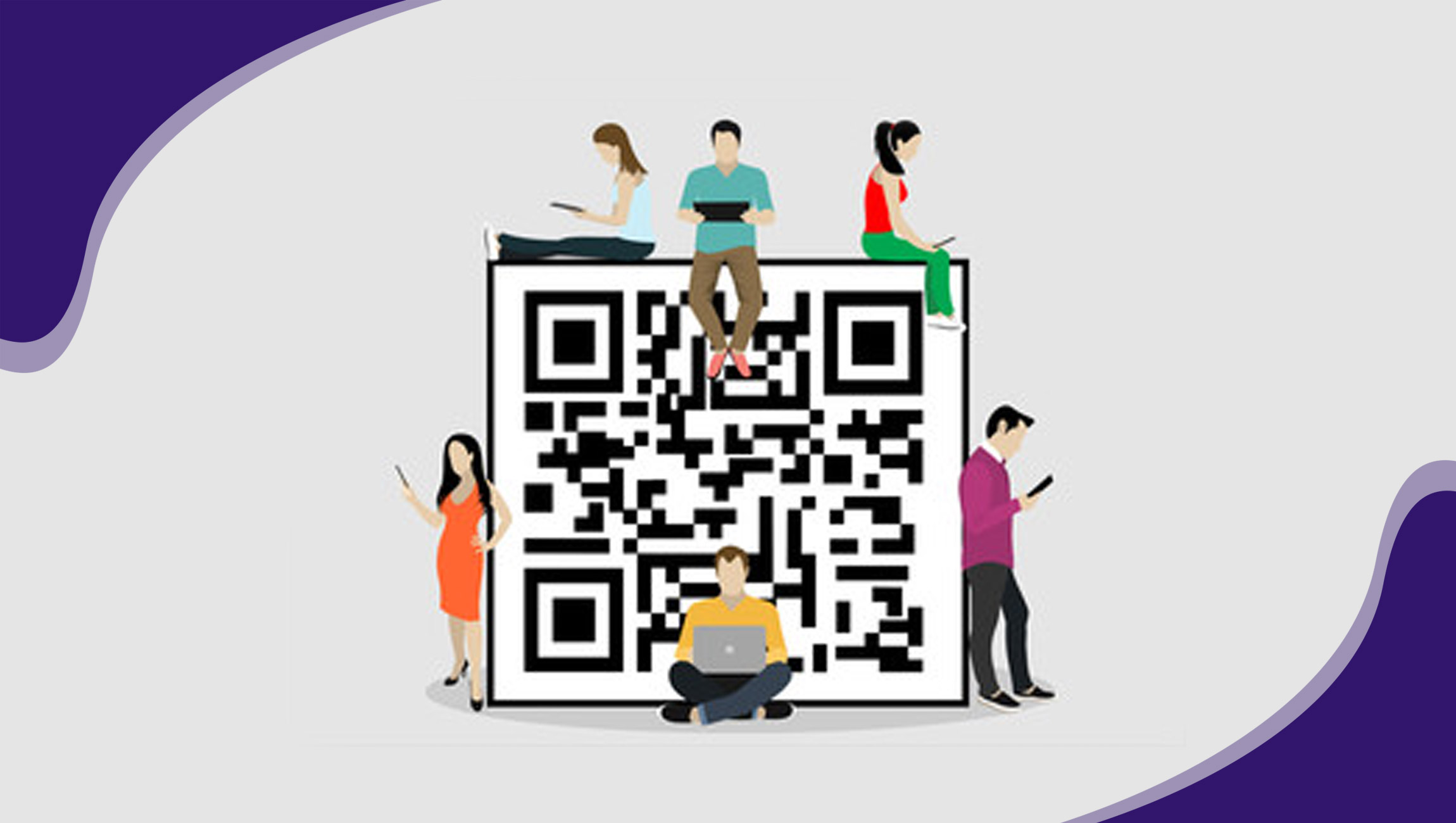Quick Response (QR) codes have become a potent tool in the marketing arsenal, providing a dynamic and interactive way to engage with consumers. As mobile devices have become ubiquitous, QR codes offer a bridge between the physical and digital worlds, allowing marketers to deliver content, promotions, and information directly to the palms of consumers’ hands. In this article, we explore the strategies for success in integrating QR codes into marketing campaigns.
1. Creating Compelling Content:
The success of a QR code marketing campaign hinges on the content it delivers. Whether it’s a promotional offer, a video demonstration, or exclusive access to information, the content linked to the QR code should be compelling, relevant, and valuable to the target audience. Consider the customer journey and tailor the content to meet their needs and expectations.
2. Clearly Define the Call to Action (CTA):
A successful QR code campaign requires a clear and concise Call to Action (CTA). Whether it’s encouraging users to scan for a discount, watch a video, or participate in a contest, the CTA should be prominently displayed alongside the QR code. Make it clear what value users will receive by scanning the code, and ensure the CTA is aligned with your marketing objectives.
3. Optimize for Mobile Experience:
Given that QR codes are primarily scanned using mobile devices, it’s crucial to optimize the linked content for a seamless mobile experience. Ensure that websites and landing pages are mobile-friendly, with responsive designs that adapt to different screen sizes. A positive user experience will enhance engagement and increase the likelihood of conversions.
4. Incorporate QR Codes Across Various Channels:
Diversify the placement of QR codes across different marketing channels. Whether it’s on print materials, product packaging, posters, or digital channels such as emails and social media, strategically placing QR codes in various touchpoints increases the chances of audience interaction. Consider the context of each placement to ensure relevance and effectiveness.
5. Track and Analyze Performance:
Utilize analytics tools to track the performance of QR code campaigns. Monitor metrics such as scan rates, user demographics, and conversion rates. Analyzing this data provides insights into the effectiveness of your campaign, helping you refine strategies and optimize content for better results.
6. Implement Dynamic QR Codes:
Consider using dynamic QR codes for campaigns that may require updates or changes over time. Dynamic QR codes allow marketers to modify the linked content without changing the physical code. This flexibility is particularly useful for ongoing promotions, event updates, or changing product information.
7. Branding and Customization:
Infuse your brand identity into the QR code design. While the standard black-and-white QR code is functional, incorporating branding elements such as colors, logos, or customized designs can enhance brand recognition. Customized QR codes not only serve a functional purpose but also contribute to the overall aesthetic appeal of marketing materials.
8. Educate and Incentivize Users:
Some consumers may be unfamiliar with QR codes or hesitant to scan them due to concerns about security. Include instructions and a brief explanation of the value users will receive by scanning the code. Additionally, consider offering incentives such as exclusive discounts or access to premium content to encourage participation.
Conclusion:
QR codes in marketing offer a dynamic and interactive way to connect with consumers. By implementing these strategies for success, marketers can leverage the power of QR codes to enhance engagement, deliver value, and drive results. As technology continues to advance, the integration of QR codes into marketing campaigns will likely evolve, providing new opportunities for innovative and effective strategies.

